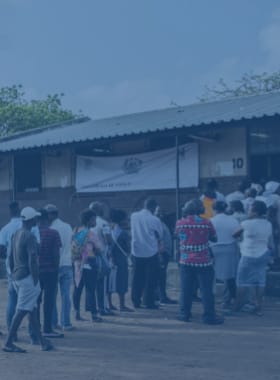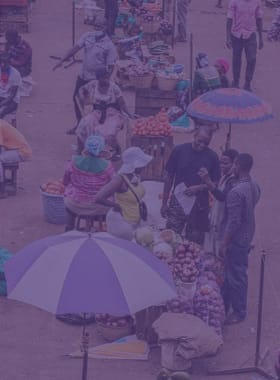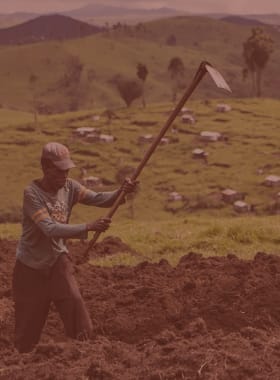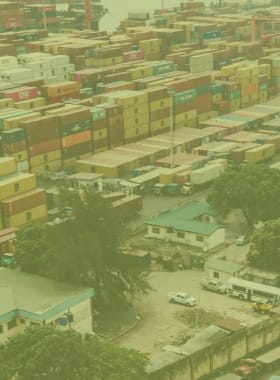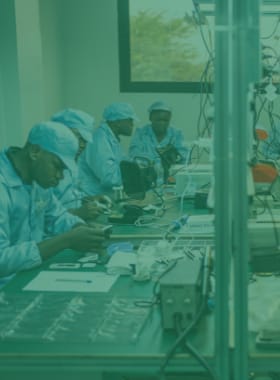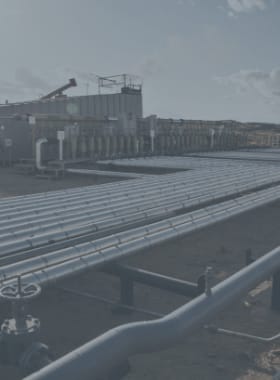
Forward-thinking policy analysis for Africa's decision-makers
We conduct independent research on Africa’s development prospects using a dynamic, and continually updated forecasting platform to understand the potential progress of the African continent. We provide decision-makers, civil society, and experts with forward-thinking policy analysis to plan key development pathways.

Featured Geography
DR Congo
In the Combined Agenda 2063 scenario, the DR Congo's economy is 69% bigger in 2043 compared to its current development trajectory. A comprehensive policy push across all development sectors is needed to realise this vast potential and achieve sustained, inclusive growth.


Featured Theme
Energy
Africa needs vast amounts of energy to reduce poverty, but must embark upon a low-emissions growth pathway for its own and global interests. To realise such a transition away from coal and oil, Africa must be allowed to exploit its vast gas reserves while renewable energy sources continue to become more viable. International funding institutions, private sector investors and development agencies will need to assist the continent in exploring these gas reserves and achieving a just transition.

Featured Theme
Climate
The implementation of differentiated carbon taxes and the pursuit of the Sustainable Africa scenario could offer a path to significant emission reductions and improved economic outcomes. Africa needs to prioritise adaptation if it wants to ensure the safety of communities and infrastructure amidst the ongoing climate crises.
Latest from our blog

Africa in the World | 19 April 2024
The US, the West and the future of Africa

Africa in the World | 16 April 2024
Pushing Africa’s reform agenda at the World Bank-IMF Spring Meetings
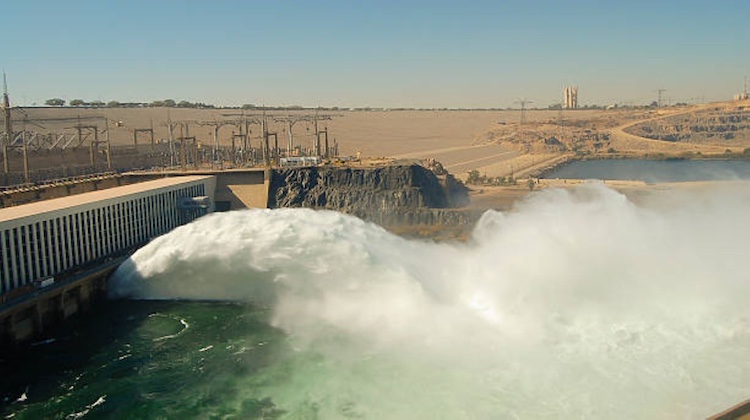
Energy | 09 April 2024
How will Africa navigate its future energy transition?

Governance | 19 March 2024
Disinformation, governance and the South African election
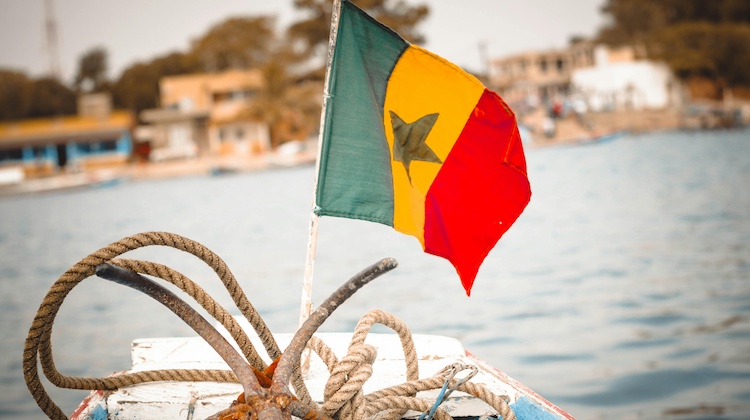
Combined Agenda 2063 | 05 March 2024
A strategic approach to turn Senegal’s economy around

Governance | 20 February 2024
A prolonged Red Sea crisis could worsen Egypt's economic challenges
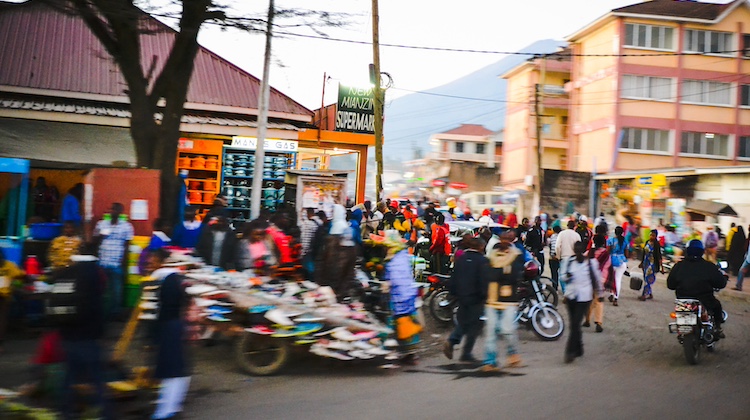
Africa in the World | 06 February 2024
Africa’s prospects for 2024

Africa in the World | 13 December 2023
Ukraine’s ‘low return’ on its African investment
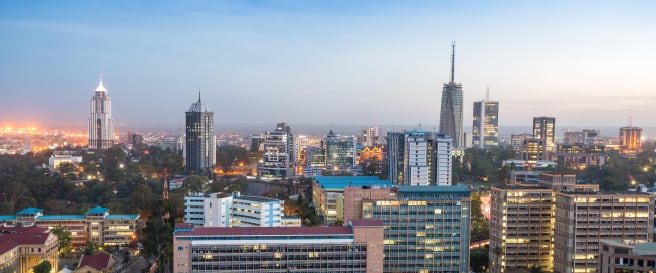
How to use this site
- Watch the introduction video above
- Use our AI chatbot for a personalised search
- Select individual country analyses on the interactive map below
- Select continental forecasts for the Current Path, all Themes, and the Combined Agenda below
- Access more resources via the main navigation menu
Chat to our site
Forecasting the future of Africa
Unlock our comprehensive content and data with this AI chatbot by typing a query into the interactive field.
Engage now to explore pathways to sustainable development and to transform your understanding of Africa’s potential.
All geographies in Africa
Countries
The Current Path forecast for each of 54 countries and an ambitious positive scenario on Demographics and Health, Agriculture, Education, Manufacturing, AfCFTA, Large Infrastructure and Leapfrogging, Financial Flows, and Governance, and a combined scenario.
Select from the drop-down menu or click on a country.
- Algeria
- Angola
- Benin
- Botswana
- Burkina Faso
- Burundi
- Cameroon
- Cape Verde
- Central African Republic
- Chad
- Comoros
- Côte d'Ivoire
- DR Congo
- Djibouti
- Egypt
- Equatorial Guinea
- Eritrea
- Eswatini
- Ethiopia
- Gabon
- Gambia
- Ghana
- Guinea
- Guinea-Bissau
- Kenya
- Lesotho
- Liberia
- Libya
- Madagascar
- Malawi
- Mali
- Mauritania
- Mauritius
- Morocco
- Mozambique
- Namibia
- Niger
- Nigeria
- Republic of the Congo
- Rwanda
- São Tomé and Príncipe
- Senegal
- Seychelles
- Sierra Leone
- Somalia
- South Africa
- South Sudan
- Sudan
- Tanzania
- Togo
- Tunisia
- Uganda
- Zambia
- Zimbabwe
Regions
The Current Path forecast for Africa, Sub-Saharan Africa, and North Africa, and an ambitious positive scenario on Demographics and Health, Agriculture, Education, Manufacturing, AfCFTA, Large Infrastructure and Leapfrogging, Financial Flows, and Governance, and a combined scenario.
Select from the drop-down menu or click on a region.
- North Africa
- Sub-Saharan Africa
- Africa
Regional Economic Communities
The Current Path forecast for key Regional Economic Communities, and an ambitious positive scenario on Demographics and Health, Agriculture, Education, Manufacturing, AfCFTA, Large Infrastructure and Leapfrogging, Financial Flows, and Governance, and a combined scenario.
Select from the drop-down menu or click on a REC.
- AMU
- CEN-SAD
- COMESA
- EAC
- ECOWAS
- ECCAS
- IGAD
- SADC
- ECOWAS
Income groups
The Current Path forecasts for the World Bank country income groups, and an ambitious positive scenario on Demographics and Health, Agriculture, Education, Manufacturing, AfCFTA, Large Infrastructure and Leapfrogging, Financial Flows, and Governance, and a combined scenario.
Select from the drop-down menu or click on a country income group.
- Low-income Africa
- Lower middle-income Africa
- Upper middle-income Africa
- High-income Africa
Africa's Current Path, 16 thematic futures and a Combined Agenda 2063 scenario
Click on an icon to access the thematic futures insight.


